
All categories
Featured selections
Trade Assurance
Buyer Central
Help Center
Get the app
Become a supplier

(3500 products available)
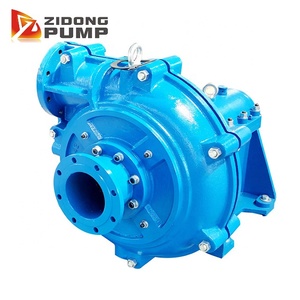
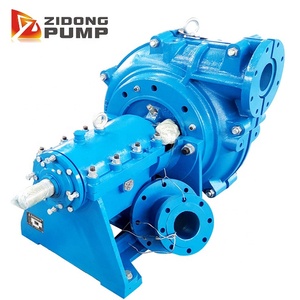
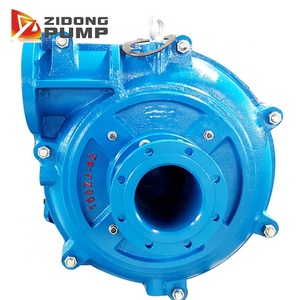
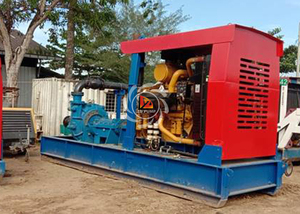
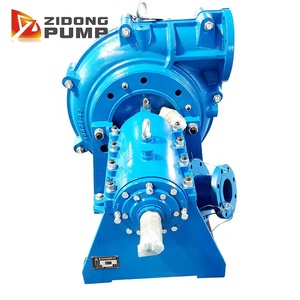
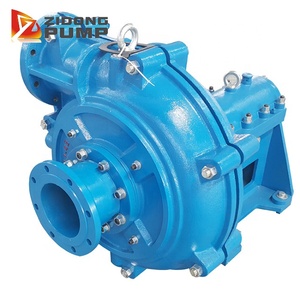







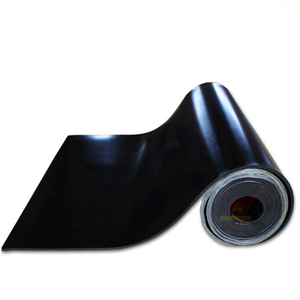
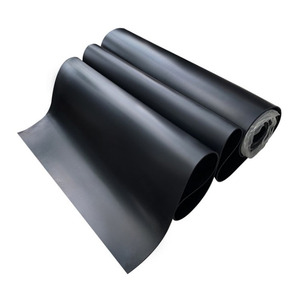
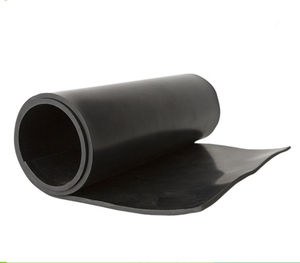
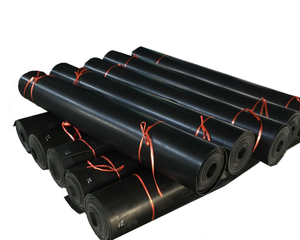
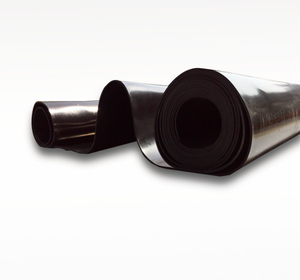
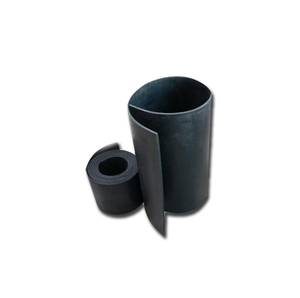

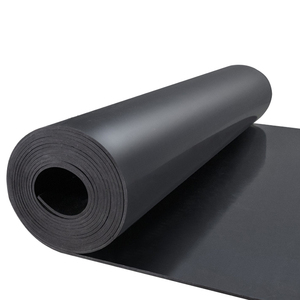
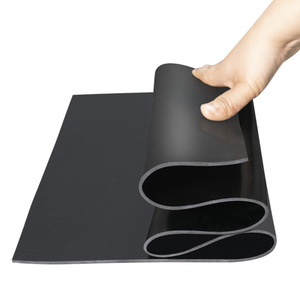
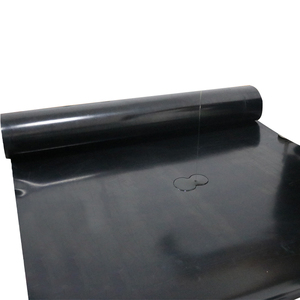
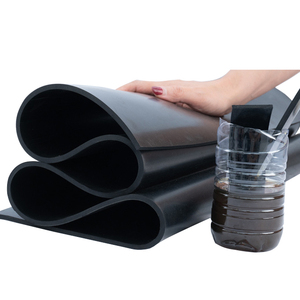
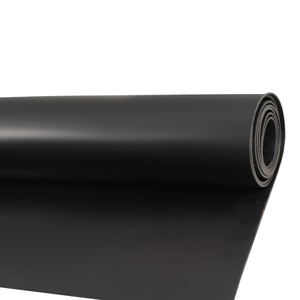
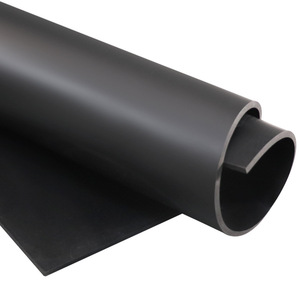







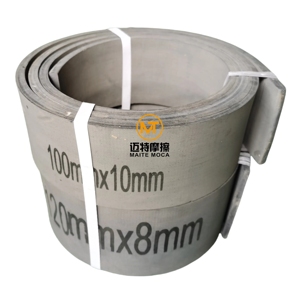
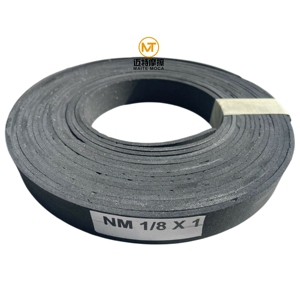
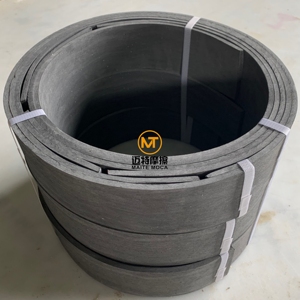
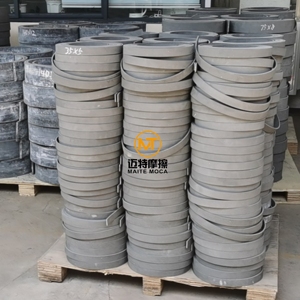
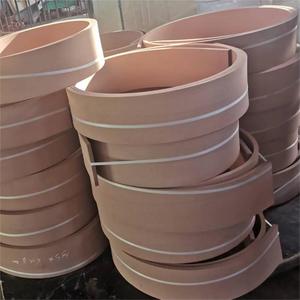
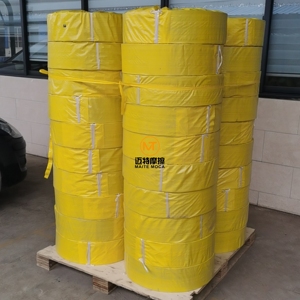
Rubber linings are used in different industries to coat equipment. They provide a shield against wear, corrosion, and chemical damage. Their application ensures the longevity and reliability of essential machinery such as pipes, tanks, chutes, and conveyors.
The lining type and installation complexity dictate the price. Below are common types of rubber linings and their costs.
Natural rubber linings are highly resilient. They are famous for their exceptional abrasion resistance. This makes them ideal for industries requiring durability, like mining and mineral processing.
Requirements and maintenance costs are usually minimal. Nevertheless, they are not suitable for environments with strong chemical exposure. Acids or solvents can significantly damage natural rubber.
Natural rubber lining systems are generally the cheapest to install. The average coating price per square foot is about $3 to $9. Installation is easy because of the availability of many skilled personnel.
Synthetic rubber linings, such as neoprene, EPDM, and nitrile, offer diverse properties tailored to specific applications. For instance, neoprene excels in oil and chemical resistance. At the same time, EPDM is great for heat and ozone exposure.
Neoprene lining is notably more expensive than natural rubber. Its average price is $4 to $8 per square foot. EPDM is slightly cheaper but still offers valuable protection.
Choose synthetic rubber when natural rubber cannot provide the required chemical resistance. The additional cost is worth it due to the longer lifespan and reduced downtime from equipment failures.
Vulcanized rubber lining offers unmatched durability and bond strength. The vulcanization process chemically alters rubber to enhance heat, wear, and tear resistance. This makes it highly effective in extreme service conditions.
This type of lining is primarily used in mining, chemical processing, and power generation industries. It is most ideal where heavy abrasion and severe chemical exposure are common. Although they are more expensive, their longevity and toughness will make up for the increased initial cost.
Expanded rubber linings are lightweight. They provide excellent insulation properties. Their unique foam-like structure reduces energy transfer while maintaining good resistance to abrasion and chemicals. This makes them suitable for pipe insulation in HVAC systems and petrochemical industries.
They are cheaper to transport and install than denser materials. Nevertheless, they may need more regular upkeep to prevent deterioration in extreme temperatures. Their price ranges from $1.5 to $3.5 per square foot.
Rubber lining is a versatile protective layer with many industrial and commercial applications. It shields against abrasion, corrosion, and chemical damage. Below are some common applications of rubber linings.
Piping systems are subject to wear and chemical corrosion. Rubber linings, therefore, protect them from these elements. They are mainly used in mining, oil and gas, and chemical processing industries. There, transporting abrasive or corrosive materials is common.
For example, natural rubber is ideal for water and slurry transport. Synthetic varieties like neoprene withstand acidic or basic chemical exposure.
Storage tanks and vessels hold various corrosive chemicals, slurry, or even acidic liquids, which are often harmful to the tanks themselves. Rubber linings prevent this damage and hence extend the tank's life and reduce replacement costs.
Vulcanized rubber is ideal for chemical storage tanks. They often withstand high temperatures and extreme chemical exposure. Expanded rubber linings are particularly useful for thermal insulation of storage tanks.
These are present in bulk material handling and mineral processing. This ongoing wear can cause costly production downtime and safety issues such as blockages or equipment failures.
Rubber linings for chutes prevent this wear and tear. They smooth the movement of materials, minimizing friction, static buildup, and energy transfer. These benefits integrate into agricultural feed hoppers and mining ore chutes.
Conveyor belts are crucial in transporting bulk materials across many industries. Rubber linings prolong belt life and reduce maintenance costs by protecting them from abrasion, corrosion, and chemical attacks.
For instance, neoprene is ideal for food industry conveyor belts. EPDM is best suited for outdoor installations exposed to ozone and UV radiation.
The cost of rubber lining varies significantly depending on a few factors. They revolve around the type of rubber used, the surface area being lined, labor, and the installation's complexity.
The kind of rubber directly influences the lining price. Natural rubber is the cheapest, while specialized synthetic rubbers. Like nitrile and neoprene, often have significantly higher prices due to their specialized properties and longer lifespan.
However, the synthetic variety's durability will offset the price difference in hostile environments. Vulcanized rubber linings have the highest costs because they offer durable protection in extreme conditions.
A larger area to be lined means a higher material and labor cost. So, the pricing is primarily based on the surface area and the volume required to cover the surface depth.
Moreover, complexity also adds to the rubber lining installation costs. These areas require more precision and labor, raising prices. For example, irregularly shaped tanks with internal baffles will cost more than a simple cylindrical one.
Rubber lining installation is a skilled job, especially for complex jobs like tank lining. Inexperienced workers cause material wastage and install errors that lower their initial costs but increase downstream expenses.
Therefore, always seek experienced personnel, even with simple jobs. Their price will be worth it due to better quality and fewer mistakes that slow down the job.
Some jobs need extra preparation. For instance, cleaning and surface preparation for existing linings require specialized equipment.
Furthermore, jobs involving custom-cut rubber sheets or linings in awkward positions also require specialized tools and techniques. They both add up to the complexity, translating into higher labor costs.
Properly selecting rubber lining suppliers gives buyers value for their investment. Below are actionable strategies to ensure this.
Rubber lining's longevity and effectiveness mainly depend on the materials used. Request samples and third-party test reports to gauge them. Lining wear rates help buyers understand how well the rubber will resist abrasion.
Colourfastness and texture also impact the durability of the rubber lining, more so in visible branding areas. Inquire about previous customers and industries served to assess experience.
Ask suppliers to provide customized rubber linings if buyers have any unique requirements. For instance, thickness, pattern, and even color are important in protecting equipment in specific industries.
Customization options also help in branding. Advanced suppliers often allow for bespoke linings, which may be necessary in industries that regularly expose equipment to harsh conditions.
Rubber lining prices mainly depend on material and job complexity. Request detailed price breakdowns to understand the various components that influence the price.
Furthermore, evaluate the cost based on the total lifetime of the rubber lining and not as a simple one-off expense. This helps in making informed price comparisons. For instance, between more expensive vulcanized and expanded rubbers and their cheaper alternatives.
Experience is crucial when selecting lining suppliers, especially in complex applications. It enables the supplier to design optimized linings that minimize material wear and tear.
Suppliers with proven experience in specialized industries give rubbers with superior properties that withstand demanding applications. Ask how long the supplier has been in business and which customers they serve.
Seek unbiased customer reviews to understand the lining materials supplier better. Specifically, the reviews will reveal consistency and reliability regarding previous customer demands and delivery timelines.
Reliable suppliers provide high-quality materials and deliver them on time. Read reviews on various platforms to avoid biased ones and assess performance comprehensively.
Rubber lining protects industrial equipment by applying rubber to its inside or outside, depending on the usage. The rubber used varies depending the kind of environment the equipment experiences. For example, natural rubber withstands abrasion and is great for protecting surfaces from wear.
Rubber linings shield industrial equipment from corrosion, abrasion, and chemical damage. They outperform unlined or alternate materials, reducing replacements by up to 70%. The lining further provides improved noise and vibration dampening, creating safer work environments.
The lifespan of these linings varies based on the environment and workload they endure. Some durable types like vulcanized rubber can last up to ten years. On the other hand, standard rubber linings may need replacing after four years in extremely hostile settings.
Maintaining ideal operating conditions for the equipment protects the rubber lining. Regularly inspect areas prone to damage and ensure no faults affect the lining. Routine maintenance eliminates factors that force the lining to work extra hard and, thus, wear out sooner.
The alternative options for rubber lining are ceramic lining, metal lining, and fiberglass. They all protect industrial equipment, although they do not have the advantages of rubber lining. For instance, they are harsher, creating a more hostile environment for materials.